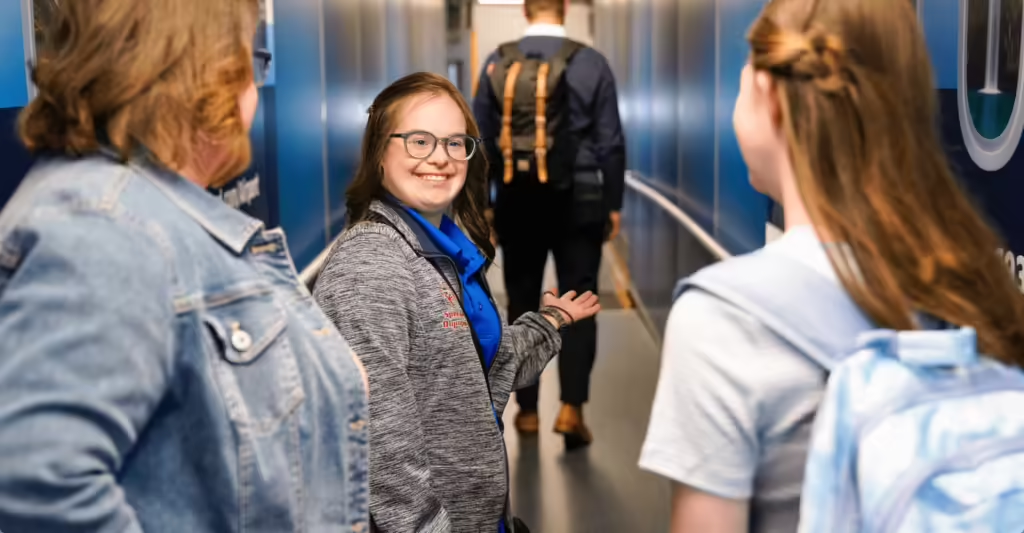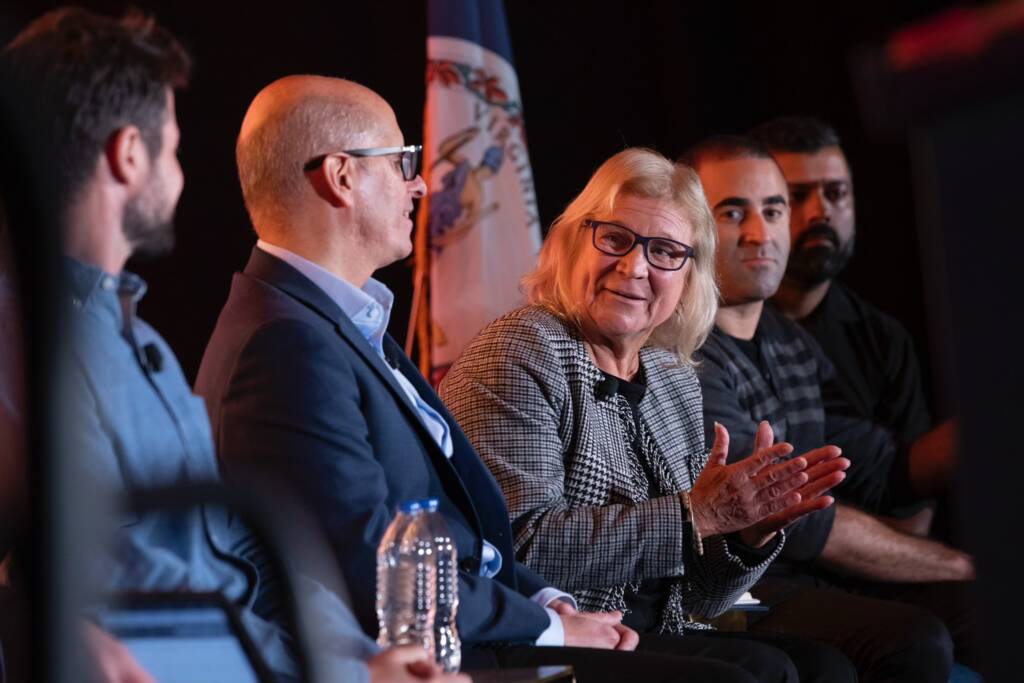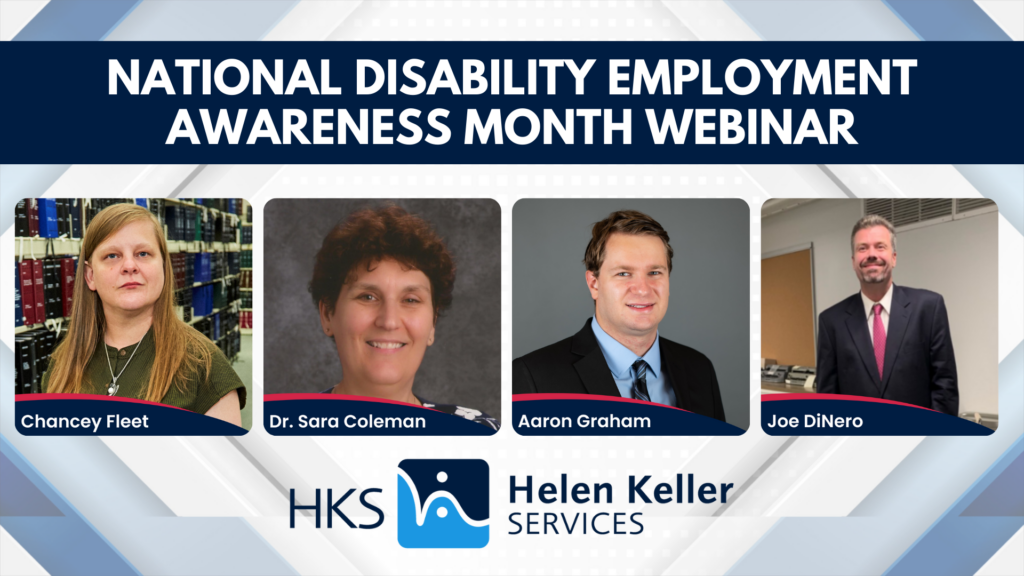Voting Machines that Provide Improved Voting Access for Blind and DeafBlind Community Get Test Run at Helen Keller Services
Learn how Helen Keller Services helped modernize voting machines to make voting more accessible for Blind and DeafBlind individuals.
Brooklyn, NY (November 2, 2022) – Helen Keller Services (HKS), a New York-based non-profit offering programs and services for the Blind and DeafBlind Community, helped to demonstrate new voting machines that use modern technology to help make voting more accessible for Blind and DeafBlind individuals here today.
Newscaster: Okay let’s head next to Brooklyn for a sneak peek at what some voting machines might look like for the next general election.
Kevin Kerrigan, Sales Engineer: But I’m gonna select English and I’m gonna hit the right arrow key.
Machine: Voting instructions
Newscaster: A company based out of Omaha, Nebraska called Election Systems and Software, paid a visit to Helen Keller Services in downtown Brooklyn to show off these new voting machines that have large screens with keypads and audio narration. Their intention is to make the process of voting a lot easier for people with disabilities. The machines include options for people who use sip and puff devices. There is even room under the machines to park a wheelchair.
Kevin Kerrigan: The spirit of our democracy has been, been that everybody, no matter their ability, has a voice in America. And bringing forward a machine like this that allows all voters to utilize the same machine, it truly meets the spirit of that intention.
Newscaster: If the Nebraska based company passes its state certification, these voting machines can be rolled out as early as next year’s general election. [End of Transcript]
The ExpressVote XL, created by Election Systems & Software (ES&S), offers all voters a simple and inclusive voting experience. This universal voting machine uses touch screen technology to produce a voter-verifiable paper ballot. The 32-inch interactive screen can display multiple languages as well as larger text and high-contrast colors. Assistive input devices, including headphones, an audio-tactile keypad with Braille legends, two-position rocker switch and an input for a sip-and-puff device, make operation of the machine easier for people who do not have use of their sight or hearing or require adaptive technology. The machine can be positioned for both standing and seated voters and allows everyone to vote in the same private and independent manner.
“The way New York voters cast their ballots today is a bit of a marginalized process,” said Kevin Kerrigan, Sales Engineer, ES&S. “The machine that has the Americans with Disabilities Act (ADA) compliant features is a separate machine from the one that tabulates the vote. Anyone who needs to use it needs to declare that when they check in. That can be a bit of an embarrassing and prohibitive experience for them to vote.”
“Voting with a visual disability can induce a lot of anxiety in people and can actually deter a lot of people from voting,” said Gus Chalkias, Program Director of Assistive Tech Services for Helen Keller Services, who used the machine in the demonstration. “This could potentially increase voter turnout for people with disabilities because they know they can walk up to any machine and cast their vote.”
This paper-based voting machine will not be in use this Election Day 2022 in New York, but the technology is currently being evaluated by the New York Board of Elections and will hopefully be approved for use in New York in 2023. The machines are in use in other major cities across the United States.


